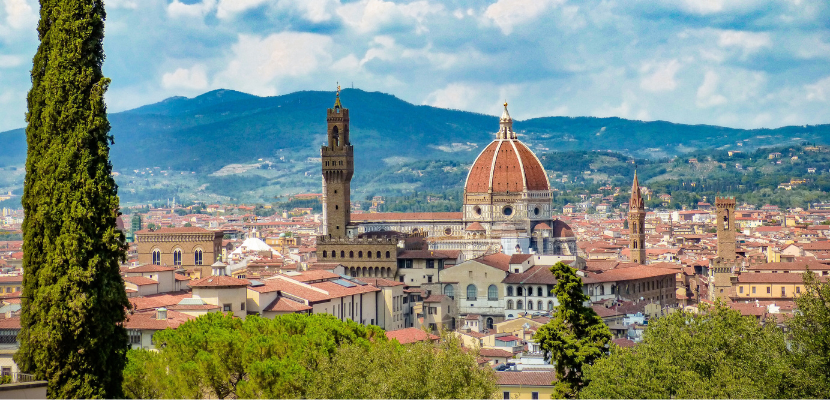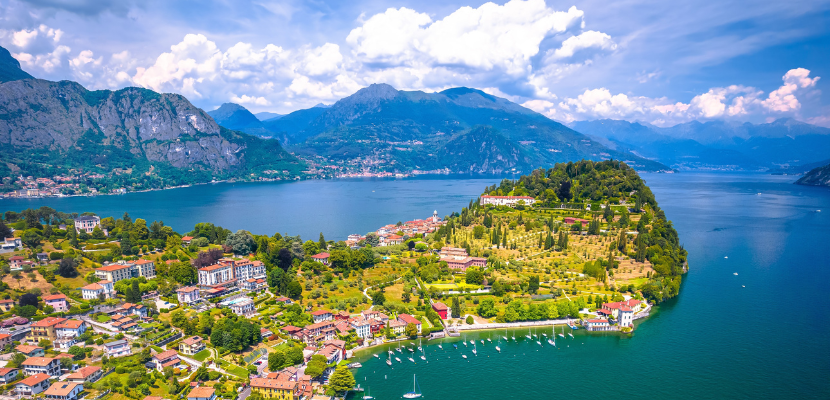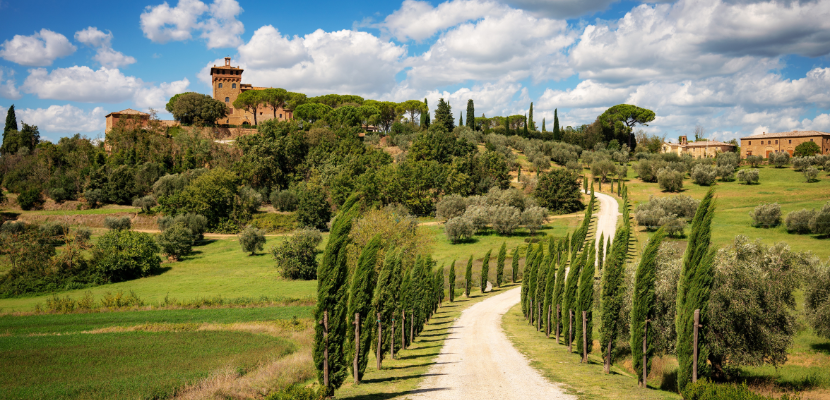
Why Italy?
Why do we love Italy? Let me count the ways. Stunning scenery from picture-postcard seaside villages dropping down a cliff to rolling hills of vineyards, is the backdrop for that enviable lifestyle, glorious architecture, and all those regional cuisines.
From beaches to mountains, hilltop towns and historic cities, it’s got a bit of everything, all within easy reach of each other – and the UK. There is also a wide diversity of properties to suit most budgets – even homes for as little as €1.
Tax benefits

Whilst the lifestyle has and probably always will be the main attraction, there are also tax incentives to move to Italy that are attracting high earners and the financially self-sufficient.
Italy’s flat-tax regime has so far drawn at least 1,136 new residents to Italy from other countries. The €200,000 tax per annum has attracted wealthy new residents to cities such as Milan and Rome for business and education.
For those with income sources outside Italy are also incentives. If you move to the less highly populated regions of the centre and south of Italy retirees or pensioners can benefit from a 7% flat tax for relocation.
To take advantage of this flat tax rate, you’ll need to get residency in one of Italy’s ‘Mezzogiorno’ regions or some other qualifying villages in Lazio, Marche or Umbria.
The Mezzogiorno is an area that covers the south of Italy, generally south and east of Naples, including the popular Abruzzo, Calabria and Puglia, and the islands of Sicily and Sardinia.
Many Italian towns and villages have also launched initiatives to attract new residents and slow their population decline so check for the latest on these – the northern Italian province of Trento is a new one: it’s offering grants to renovate abandoned homes.
Bear in mind that tax regimes are not visas – you will also need to apply for the legal right to residency if you do not hold an EU passport.
Visa choices

Italy offers a choice of visas for a stay of more than 90 days. The digital nomad visa requires an annual income of at least €28,000, health insurance, a college degree or equivalent professional experience, and an address in Italy.
The Elective Residency Visa (ERV) is designed for those who can support themselves financially without working (it’s sometimes referred to as a retirement visa). You need to prove an annual passive income of at least €31,000 per person or €38,000 for married couples.
The Italian Investor Visa – or ‘golden visa’ has also been a gateway for non-EU nationals to obtain residency in Italy. Applicants can choose from four investment routes, from €250,000 in a start-up to €2 million in Italian government bonds.
There are also work visas, student visas, family visas and self-employed visas (for entrepreneurs who wish to open a business). Seek advice on which one might suit you best.
Still bargains to be found

There’s still plenty of cheap property for sale in Italy, with most regions offering options well within the average buyer’s budget. In fact, the average search budget for a property in Italy in 2024 on aplaceinthesun.com was £129,000 — enough to find a move-in-ready home in many areas, – including Tuscany, Le March, Abruzzo or Puglia.
Renovation projects offer the chance to add value or your own stamp – and there are now English-speaking companies that can offer a project-management service for overseas buyers looking for help in restoring or just improving.
Purchase taxes are relatively low. On resale properties the tax is based on their book value and is 2% for primary homes and 9% for second homes. The book value is a lot less than the sales price – so do not over-estimate your buying costs! Find out more FAQs here.